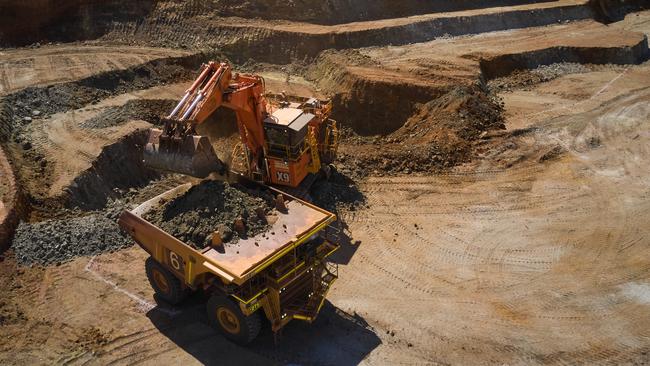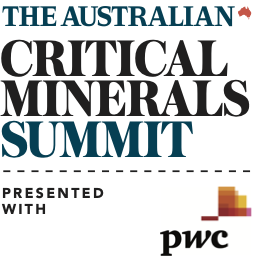Critical Minerals Summit: Australia must keep pace with demand for critical minerals
The industry could be worth more than $40bn a year to the economy by 2035, but only if the full benefits are realised.

Australia’s critical minerals industry could be worth more than $40bn a year to the economy by 2035, but only if Canberra and the resources sector pick up the pace to capture the full benefits of high technology processing and manufacturing industries.
New modelling by PwC shows Australia’s traditional dig-and-ship approach to mining will capture less than a quarter of the value the nation could extract from its vast reserves of lithium, nickel, and rare earth minerals.
While Australian miners have moved fast to build new lithium operations to capitalise on soaring demand for electric vehicles and homes batteries, China still dominates the downstream processing of the battery-making metal – along with production and refining of the rare earth elements that are critical in the manufacture of high-density magnets required to build wind turbines.
China is increasingly looking to Africa and South America for the raw materials needed to fill its manufacturing plants, amid continued geopolitical tensions, putting Australia’s market share under threat.
PwC energy transition lead Varya Davidson said modelling conducted by the consulting giant showed growth in demand for Australian critical minerals would already add about $9.7bn to the country’s gross domestic product by 2035, based on the current plans of the local mining industry.
-

Treasurer Jim Chalmers and Resources Minister Madeleine King will be speaking live at The Australian’s Critical Minerals Summit on Friday, the 24th of November.
You can watch their keynotes on The Australian’s website at 8.45am (Treasurer Chalmers) and 10.30am (Minister King)
-
That would rise to about $29.1bn if Australia was able to build enough new mines to keep pace with soaring demand for battery making and other critical minerals and maintain Australia’s current market share, Ms Davidson said.
But the investment of only another $3bn into manufacturing plants and high technology refining centres would push the total contribution of Australia’s critical minerals sector to more than $40bn by 2035, helping establish the country as a chemicals powerhouse and not just a quarry for the rest of the world.
“We need to move past talking about the size of the opportunity and start talking about action. The benefits are clear and the time for action is now,” Ms Davidson said.
Even maintaining Australia’s current market share will require substantial investment from mining companies – and potentially significant shifts in the way that governments assess and approve new mines.
Even in the PwC base case position scenario, exports grow 70 per cent by the early-2030s. To maintain Australia’s market share, PwC estimates that at least 50 new mines would need to be built across the suite of critical minerals commodities.
While some miners had managed to push faster to win approvals since the lithium boom took off in earnest around 2017, it could still take as long as 10 years for mining companies to move a new discovery into production, Ms Davidson said.
“Urgency around energy transition will require governments to reassess the approach to permits and approvals,” she said.
Ms Davidson said policy changes to approvals processes would need to factor in more than just timelines to ensure community support remained strong for the mining sector.
But the real key to future prosperity from the critical minerals industry was in ensuring that Australia captured the value of processing, she said.
Analysts at investment bank UBS have previously highlighted the gap in value between simply producing lithium concentrate from Australian mines and moving to refining pure chemicals suitable for use in batteries.
UBS is tipping an average spot price of about $US6475 a tonne for lithium concentrate in 2023. But its analysts expect a tonne of refined lithium hydroxide to sell for an average of about $US75,500 ($113,500) a tonne in Asian markets next year.
While Australian mines produced about 46 per cent of the world’s supply of lithium in 2020, according to the Industry Department’s resources economists, the first lithium hydroxide refinery in Australia – owned by China’s Tianqi Lithium and ASX-listed IGO – was produced only in May.
Two more lithium hydroxide plants are under construction or commissioning in WA.
One is owned by Mineral Resources and global lithium giant Albemarle, and the second by Wesfarmers and Chilean chemicals company SQM.
Similarly, ASX-listed Lynas Rare Earths owns the only significant rare earth refinery outside of China, in Malaysia.
While a plethora of Australian mining companies are looking to develop rare earth projects across the country, Iluka Resources is the only Australian miner with a refinery under construction – bankrolled by a $1.2bn cheap loan offered by the federal government.
“Capital is critical,” Ms Davidson said.



